Have you ever wondered if it’s possible to live in an enclosed, self sufficient environment for years? The answer lies in a facility north of Tucson, Arizona. Biosphere 2 was unlike any attraction we’ve visited. Its claim as “where science lives” was enough to convince my husband (the science geek) to plan an afternoon visit here last weekend while we were in town. Beyond the steel and glass complex lies an interesting history and endless possibilities as a research facility.
Biosphere 2 was in the forefront of research and news in 1991 when eight people lived inside this complex for two years. It was an experiment to live in a self-sustained setting in an enclosed and controlled environment. Scientists hoped that this mission would hopefully be used in outer space someday. The “biospherians” grew all their own food and air and water was recycled on this 3 acre area.
It was an important study of survival and sustainability in a manufactured but enclosed environment. Another group went inside in 1994 but only lasted a few months. The missions were controversial. Some called it an utter failure while some called it a success – depending on which side you were on. It is now an earth science facility for the University of Arizona. If you’re wondering (like I was), Biosphere 1 is Earth.
Biosphere 2 is considered one of the world’s largest greenhouse that cost over $150 million to build in the late 1980s. At its prime, it contained living things from five natural biomes with over 1,000 species of plants and animals. These varied and controlled ecosystems were the ocean, tropical rainforest, mangrove wetlands, savannah grassland, and fog desert. It is still considered the world’s largest living science center. The facility is enclosed in over 6,500 windows.
Our Biosphere 2 Tour
The best way to see Biosphere 2 is through the scheduled guided tours. Tours last between 60-90 minutes depending on the number of people asking questions and the tour guide. The facility is now an open system and animals and crops were removed. The biomes are still intact, for the most part, for research. We started our tour with a 12-minute movie on how this facility was created and its main purpose. It was a huge undertaking and quite an engineering marvel to put this complex together and maintain it.
Our first stop inside the glass-enclosed facility was the 676,000 gallon saltwater tank built to simulate the ocean. What a pleasant surprise to find an ocean in the middle of the desert.
This was originally designed as a coral reef but currently being re-designed to emulate the Gulf of California. There was an underground ocean visitor’s gallery which was closed during our visit. One of their fascinating projects was studying some micro-organisms that can feed on the plastics found polluting the ocean.
I was excited to step into the enclosed tropical rainforest. But, it was disappointing to find out we couldn’t walk around the area. We were ushered into a platform and couldn’t see much.
There was a small waterfall we could barely see. At least, it felt like we were actually in the tropics with the temperature and plants that surrounded us and the sound of water flowing.
We quickly passed through the mangroves and savannas which didn’t really have many plants left. But, we did pass by these large trees growing inside here.
This was the pathway that passed through the desert biome. This environment was meant to be similar to a coastal fog desert found in the Baja Peninsula by the Pacific Ocean and unlike the Arizona desert outside. This desert type gets its water from the ocean fog rolling in and not from the rain.
My husband was so fascinated with the basement full of wirings, tanks and pipes called the “Technosphere”. This area housed the plumbing, electrical and mechanical systems that controlled the environment inside the sphere. There are units called air handlers that remove air particles, heat/cool air, control humidity or produce rain and fog. This was probably the area when many kids begin to lose attention like mine did. They thought the best part here was standing in front of a large fan.
Luckily, some of their attention was regained when we had to go through a tunnel and the guide promised they were going someplace cool.
Two of the Biosphere’s prominent structures were the white domes called “the lungs”. It was connected to the main structures through tunnels. This state-of-the-art system helped balance the air within the sphere and control the air pressure. We felt the immense pressure release when the door opened.
We also saw the Energy Center complex which are the arched buildings and towers. This controls the Biosphere’s power and regulates the conditions and environment for the biomes and its organisms to exist.
It was great to see that the facility was also doing things outside the Biosphere. We passed by these structures called Falaj which was a project for the government of Oman. Falaj were used to tap into the underground water from the mountains and used to bring it to the villages.
The newest structures here were these new buildings that will contain three landscapes inside an “environmentally controlled greenhouse facility” called the Landscape Evolution Observatory (LEO) project. The LEO project will be studying various Earth science like changes to the earth’s landscape with climate changes and how biological systems change landscapes.
Our tour ended in the areas where the original scientists lived. I can’t even imagine living in an enclosed environment like this and be self-sustaining for two years. I guess it was all in the name of science.
It actually would have made for a really great reality TV show I would have enjoyed watching compared to what’s shown on TV these days.
These were some of the log books the scientists kept including their duties and things to pass time. If you read the description, they had to do things like rub baby oil on piglets to soften its skin. You’ve got to admire all that dedication.
Biosphere 2 with Kids
I think your experience here is largely affected by the draw of the tour guides. We didn’t have a very lively guy, and he was hard to sometimes understand. My kids would have probably gotten a lot more from the tour if they were on a fieldtrip or with interactive stations on a self-guided tour. They did have some hands-on exhibits afterwards that they enjoyed doing.
I wouldn’t recommend going here with active toddlers. My 11-year-old daughter is somewhat of a science enthusiast and she was bored with some parts of the tour. My 8-year-old son started getting antsy halfway through. It is hard to capture kids’ attention for over an hour without involving them in the process or unless they’re really into science.
Biosphere 2 was an interesting look at science and history. It’s a unique facility with a lot of potential. My husband and I enjoyed learning the history of the biospherians and seeing remnants of this complex’s original purpose. I had hoped they would focus more on the original mission but that wasn’t the case. Though, it’s nice to know that it is still being used extensively as a research facility to understand life on Earth. If you’re in the Tucson area and interested in science and engineering, then this is a good place to spend a couple of hours.

Visiting Biosphere 2 Basics and Tips:
-
Admission: $20 ($18 for over 62 yrs); Kids 6-12 yrs old ($13); AAA discounts are available. Check your hotel for Biospher 2 brochures with $2 coupon.
-
No food or drinks allowed during the tour except for water.
-
Use the restrooms before the tour. No facilities anywhere nearby during the tour.
-
Wear comfortable shoes. There is a 10 minute walk from the ticket/visitor center to the Biosphere buildings. Some surfaces are uneven and there will be going up abou 150 steps and a bit of walking in some narrow passages including the tunnel.
-
No strollers, prams or backpack child carriers are allowed. Kids need to be carried in the front of the parent.
-
There is a cafe on the premises for those needing some snacks or a quick meal.
-
Look into these books: The Human Experiment by Jane Poynter which is the story of one of the eight original Biospherians. The other is Dreaming the Biosphere by Rebecca Reider that explores the Biosphere 2’s history.
-
Check the Biosphere 2 website for the latest events or to buy tickets online.
[stextbox id=”black” bgcolor=”b0c4de”] If you liked this post, please get the latest posts and updates free. Follow me on Twitter, Google+, or Facebook. Thanks! [/stextbox]
*Have you visited Biosphere 2?
Pin it for later!
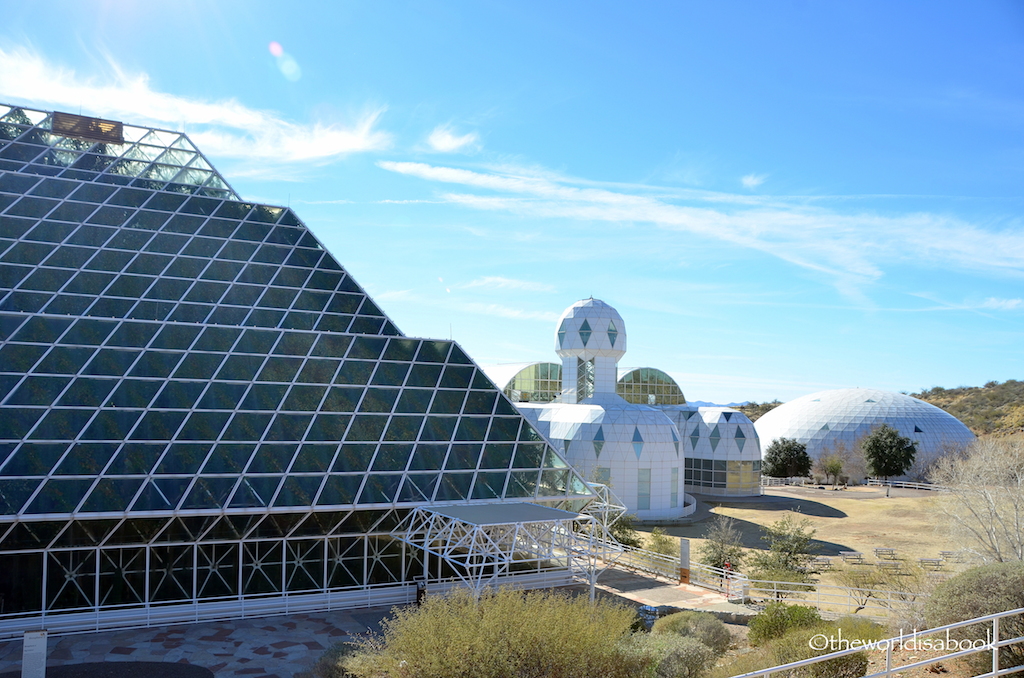
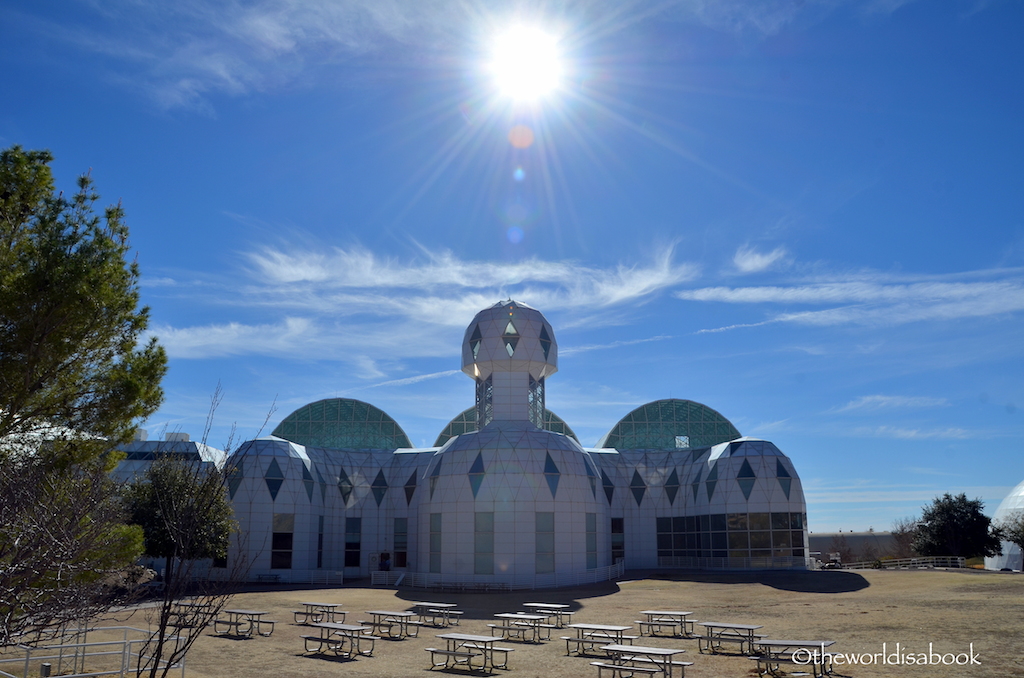
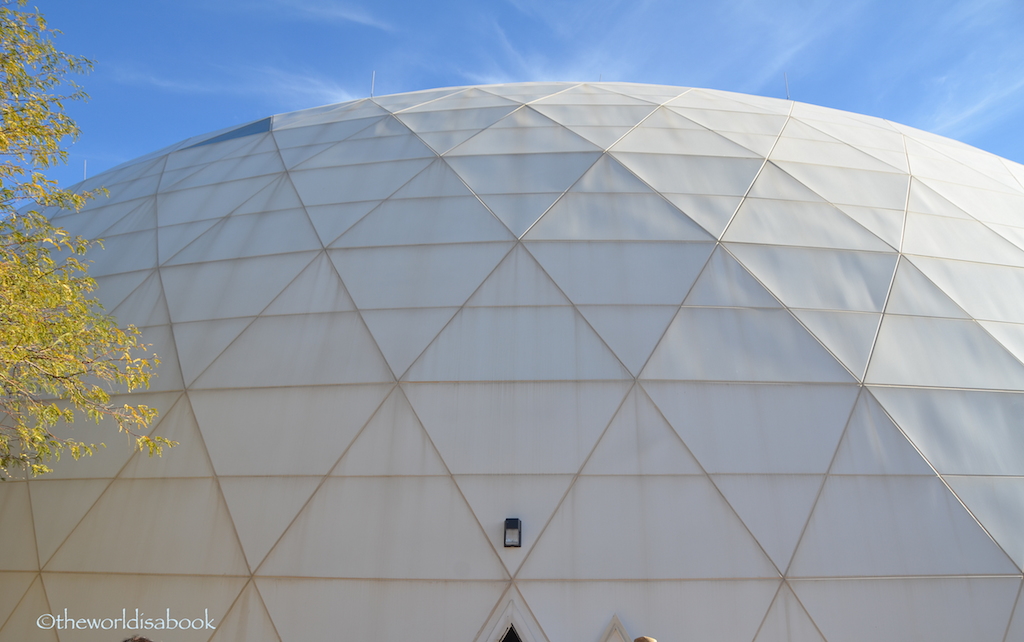
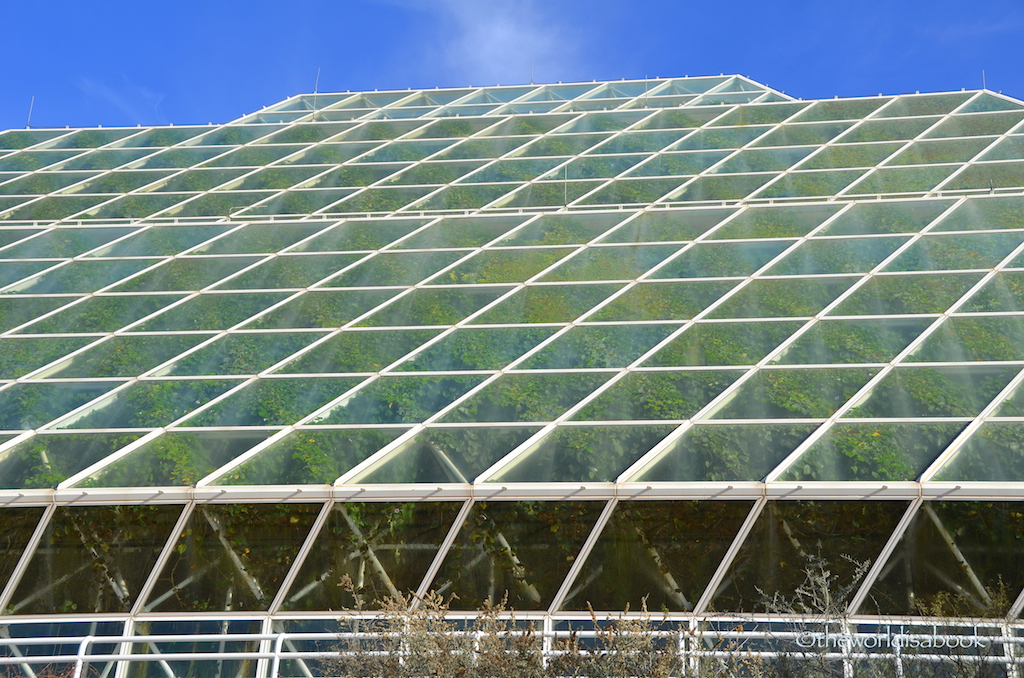
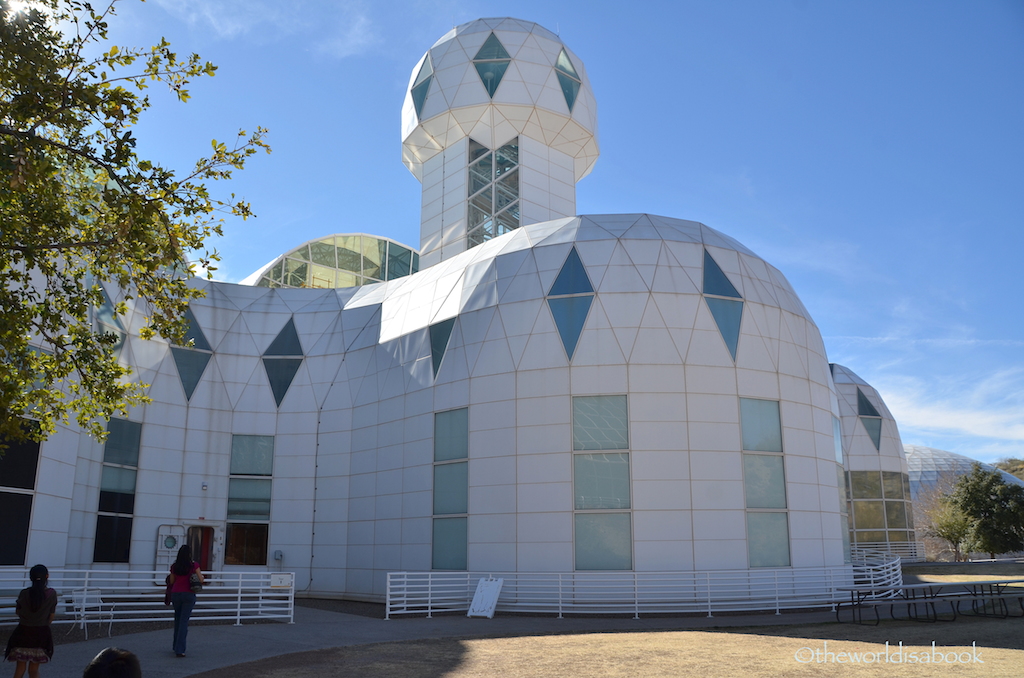
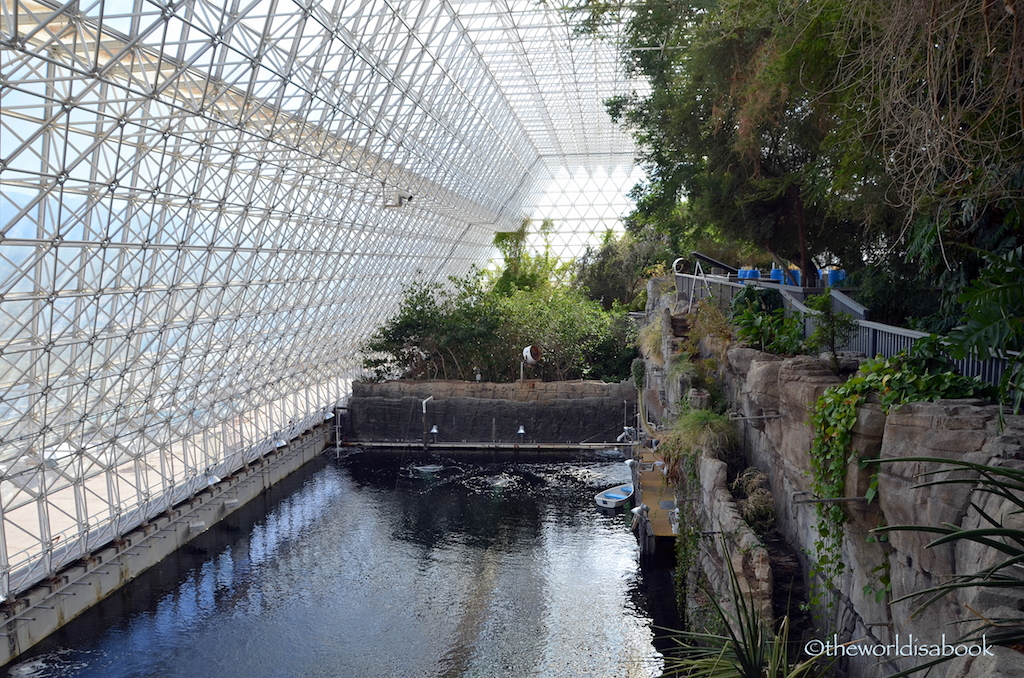
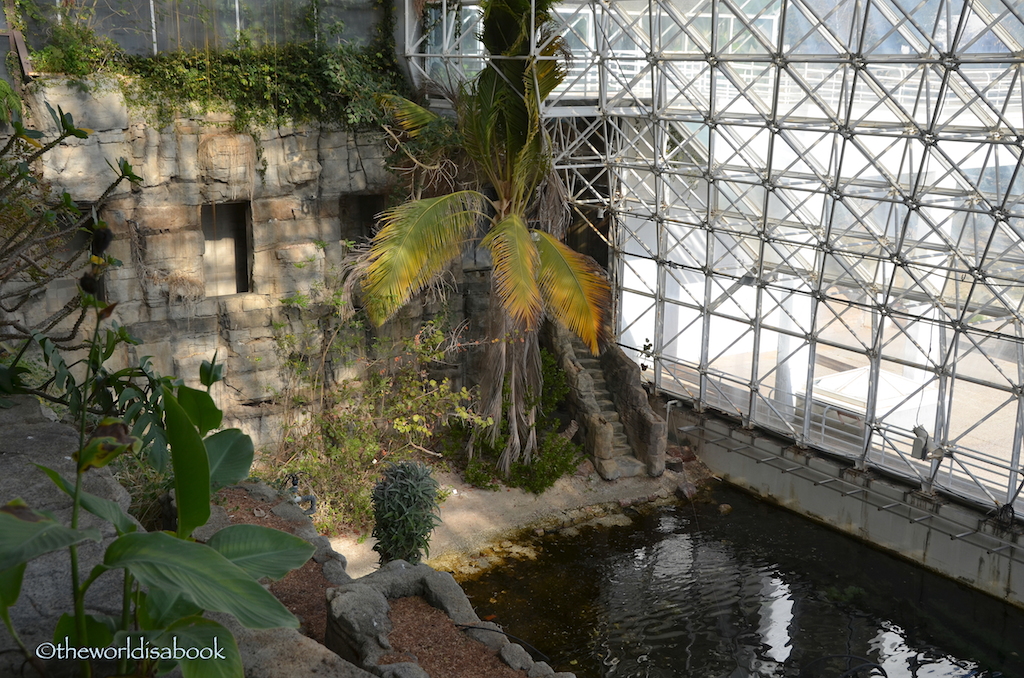
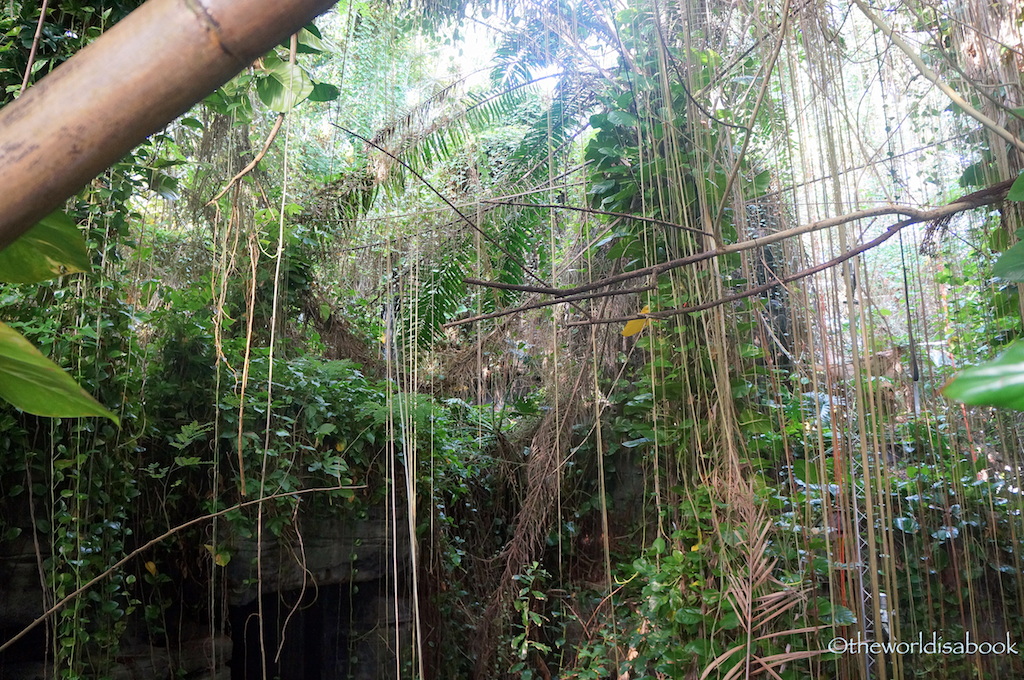
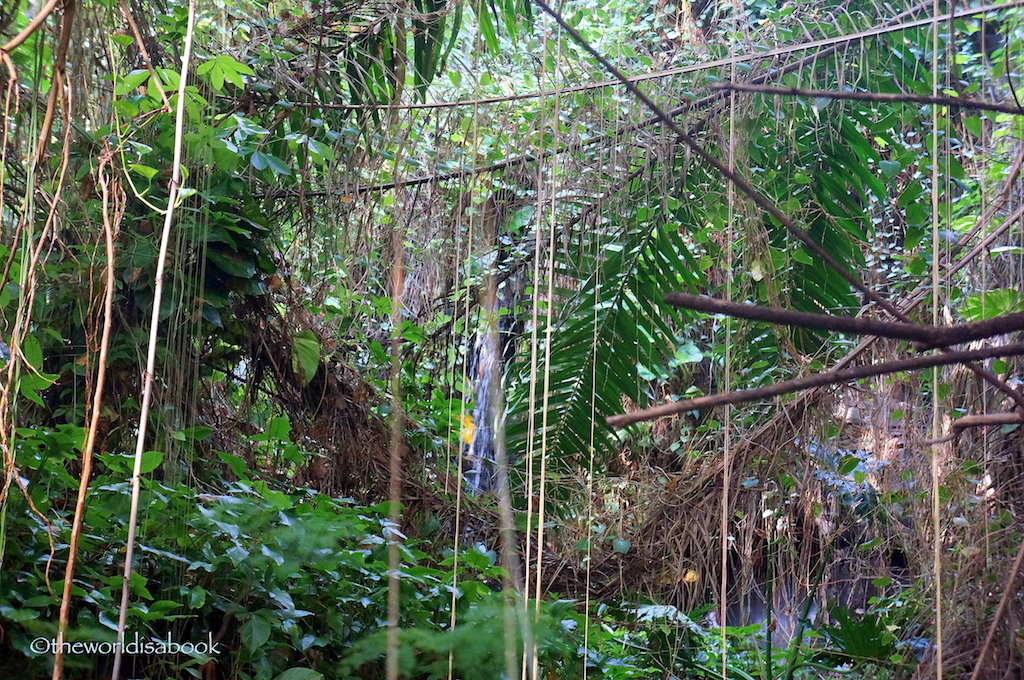
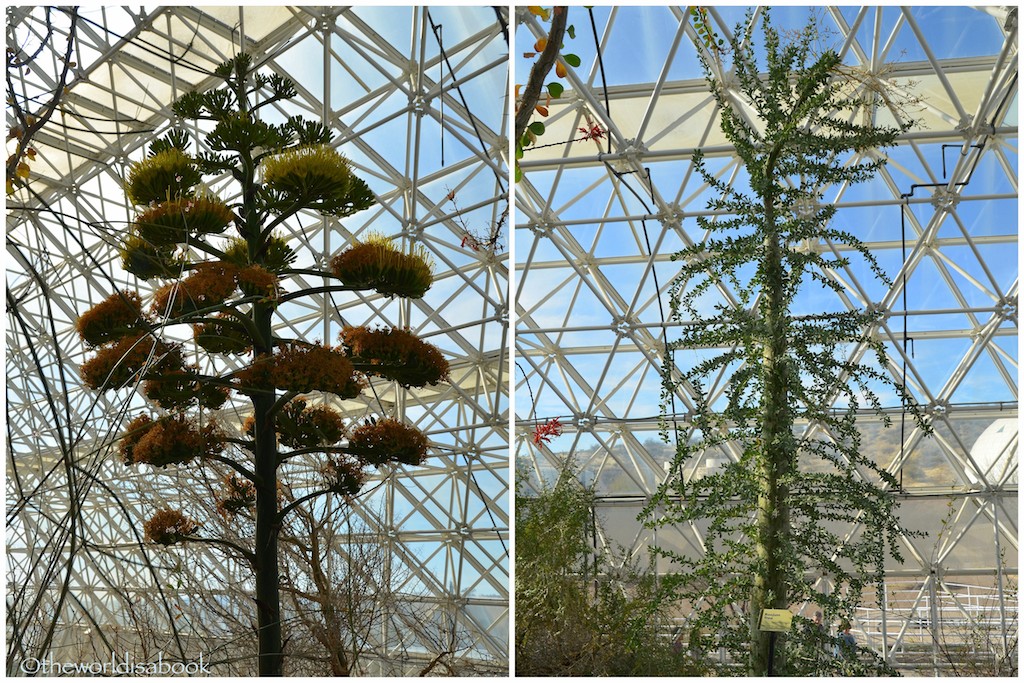
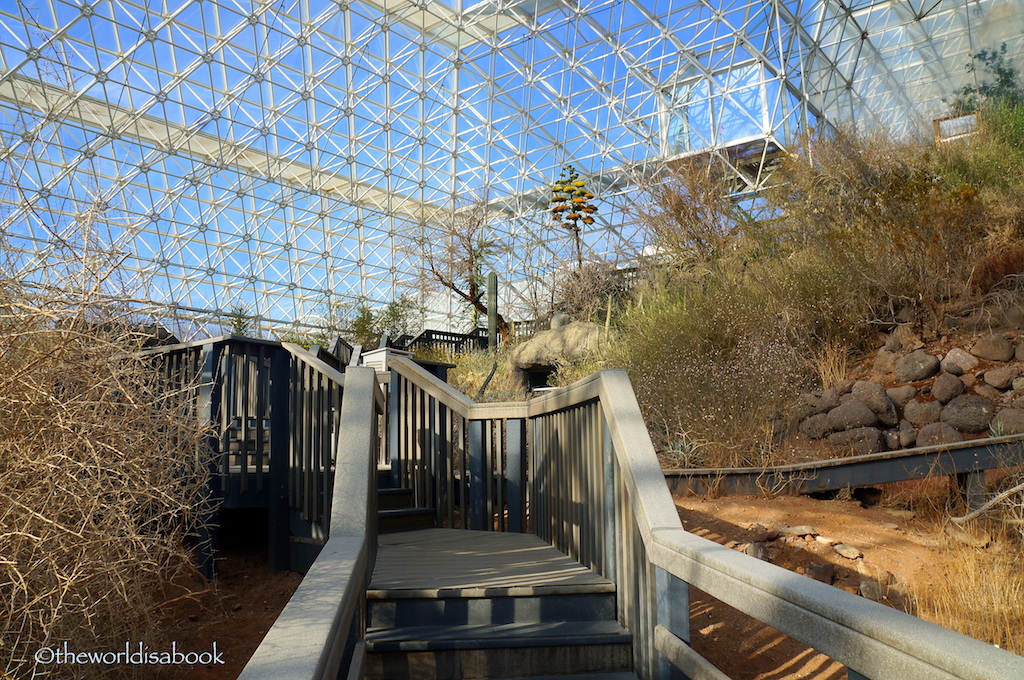
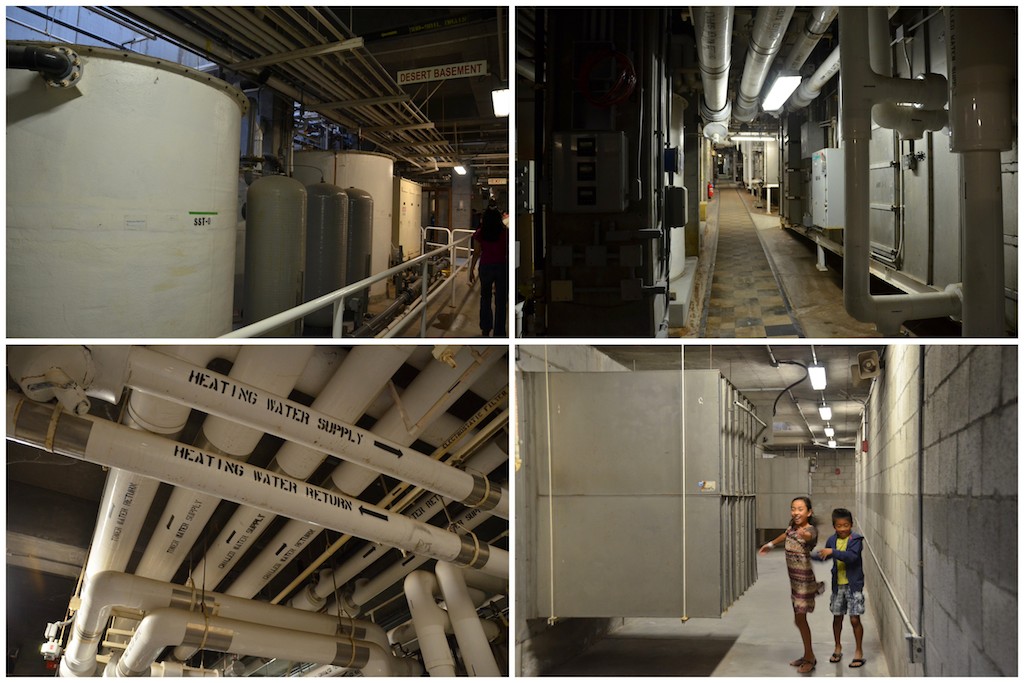
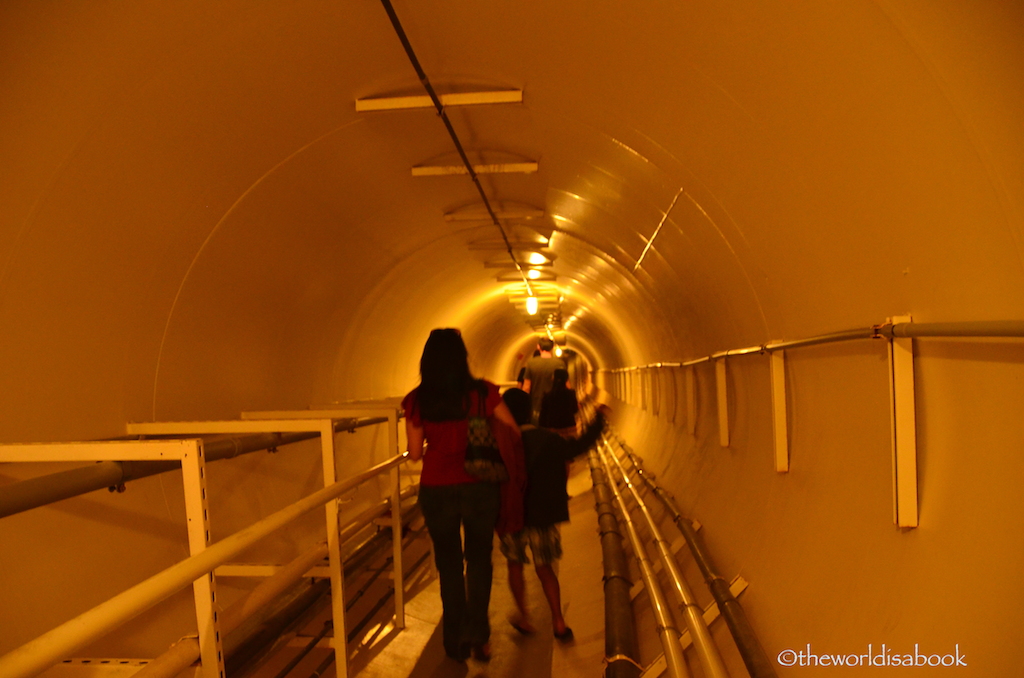
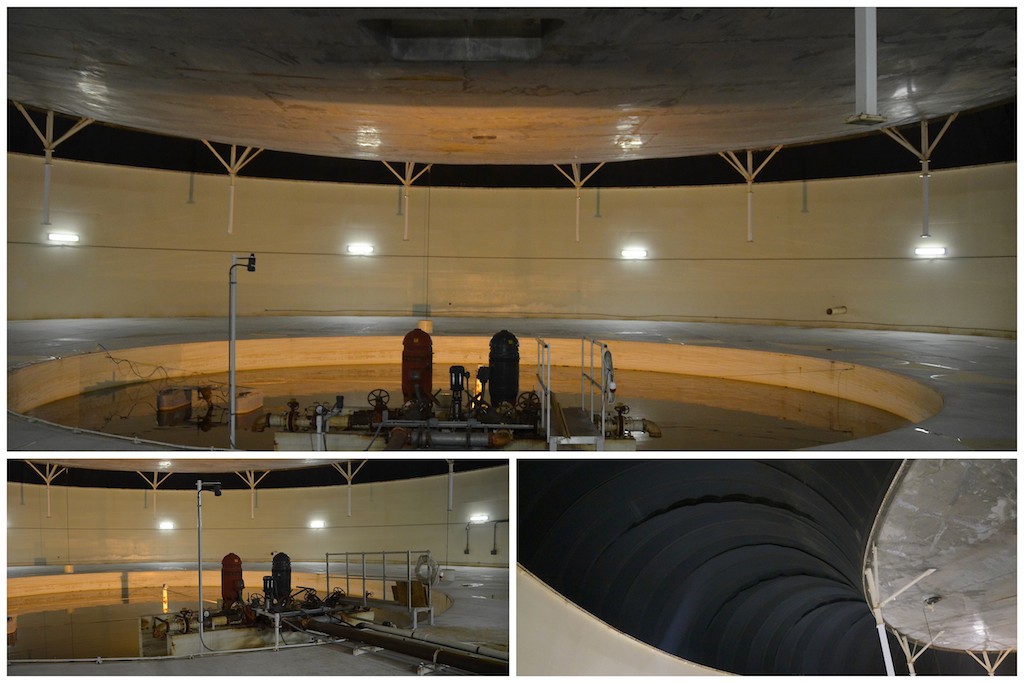
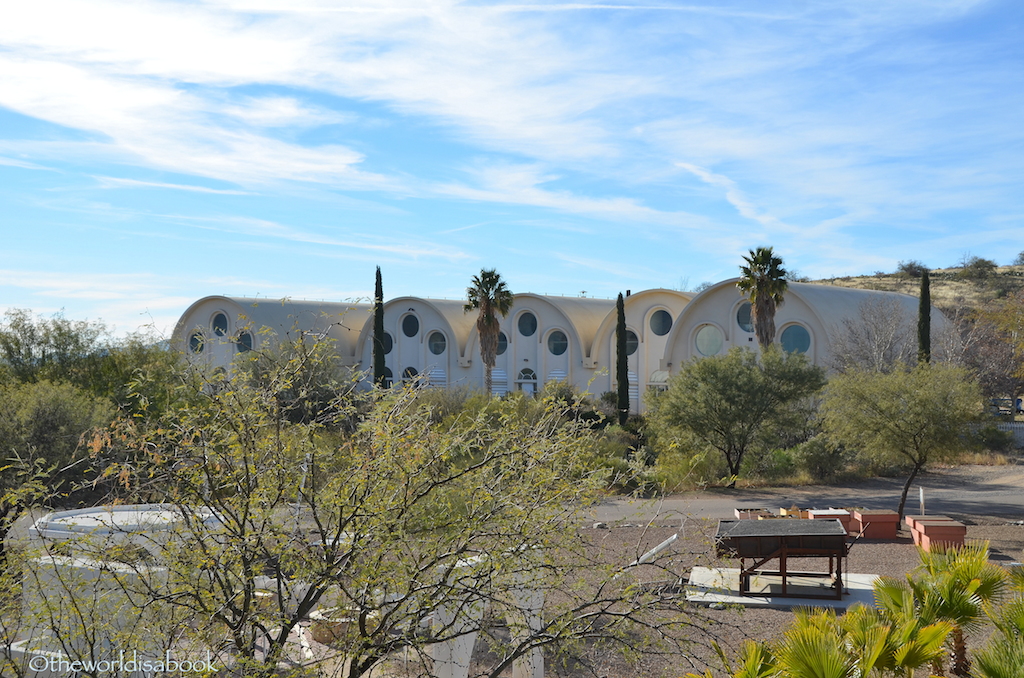
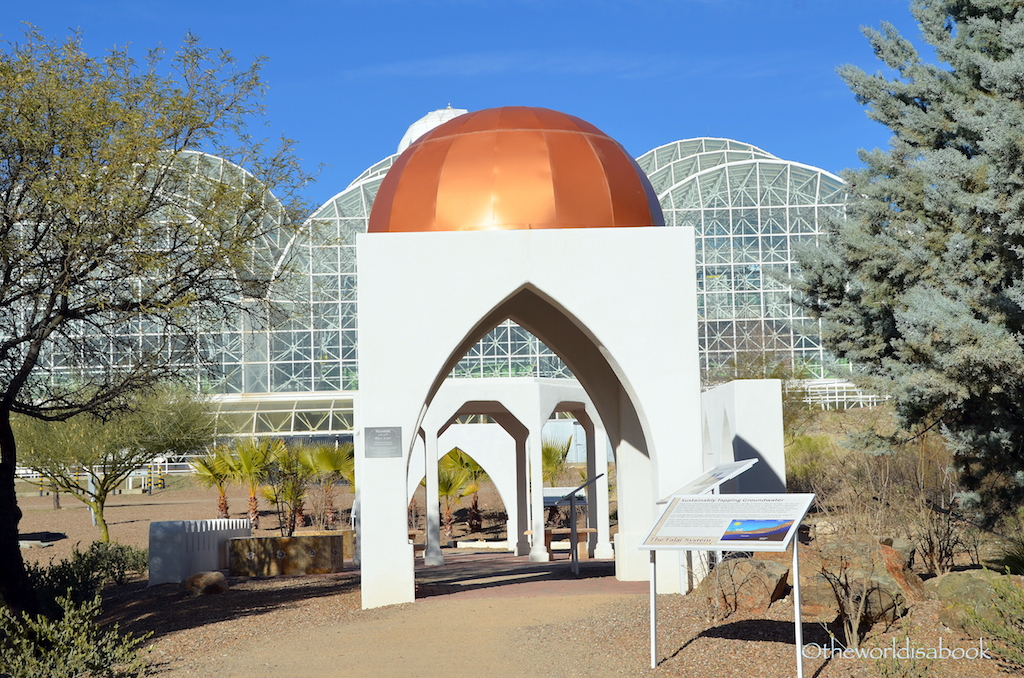
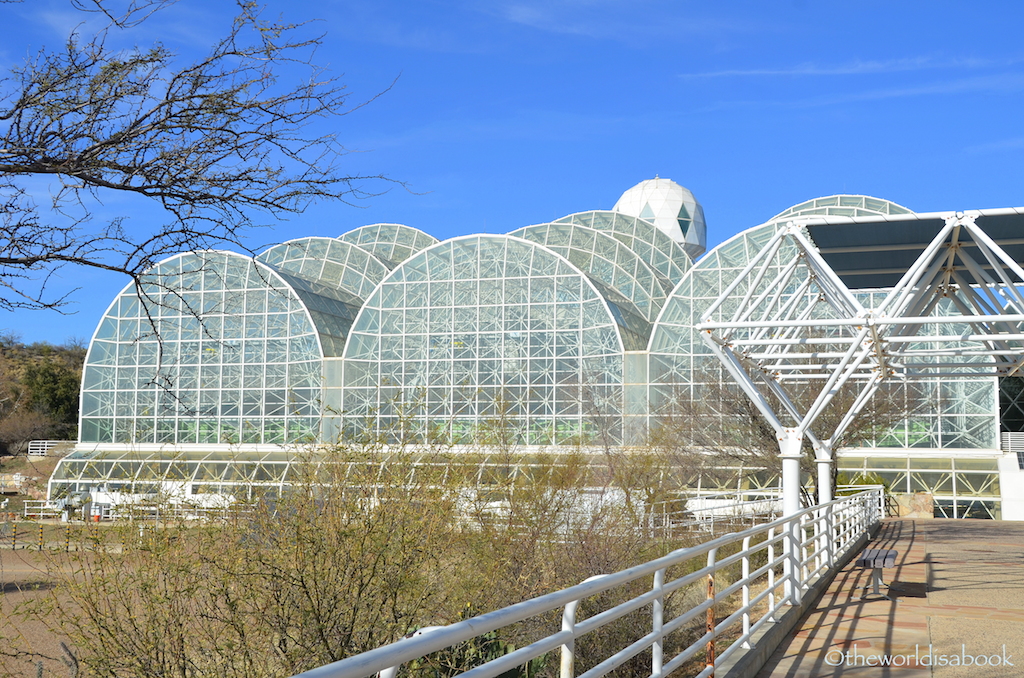
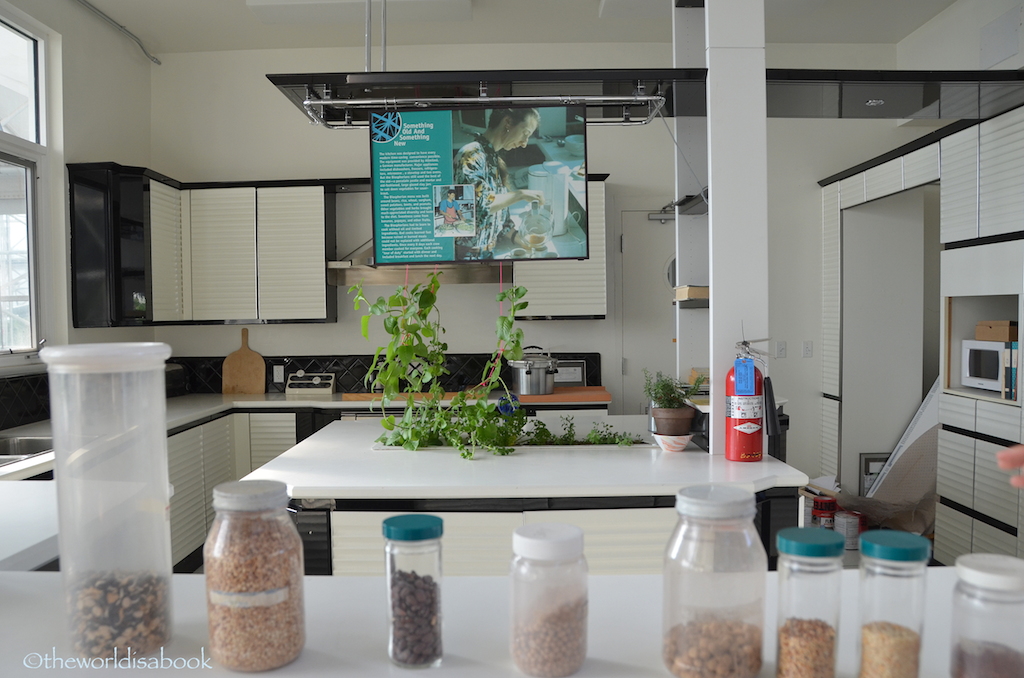
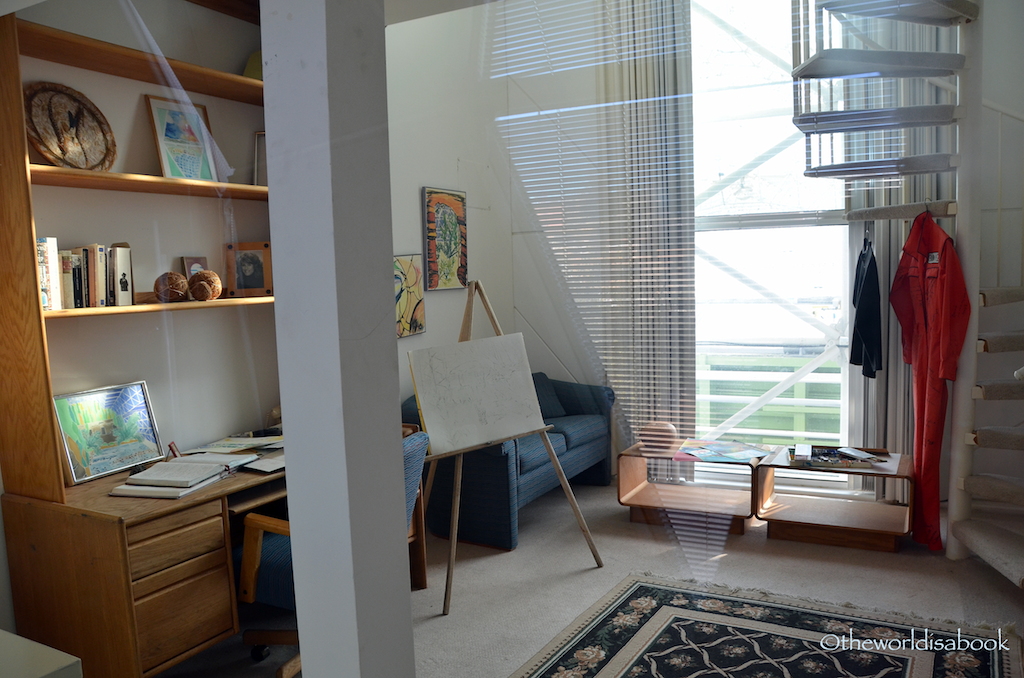
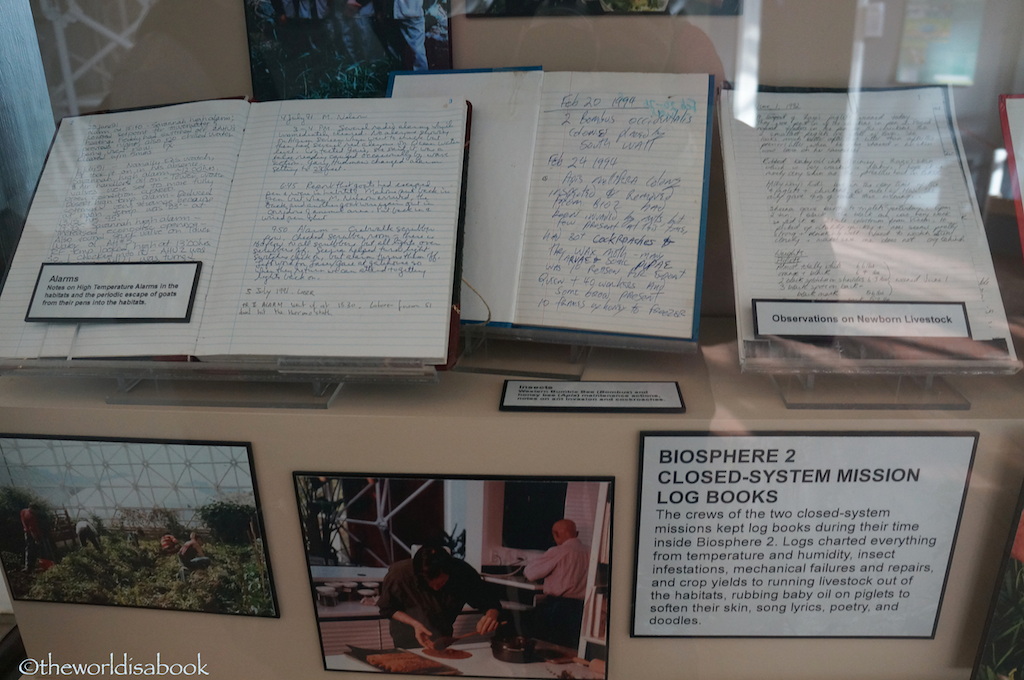
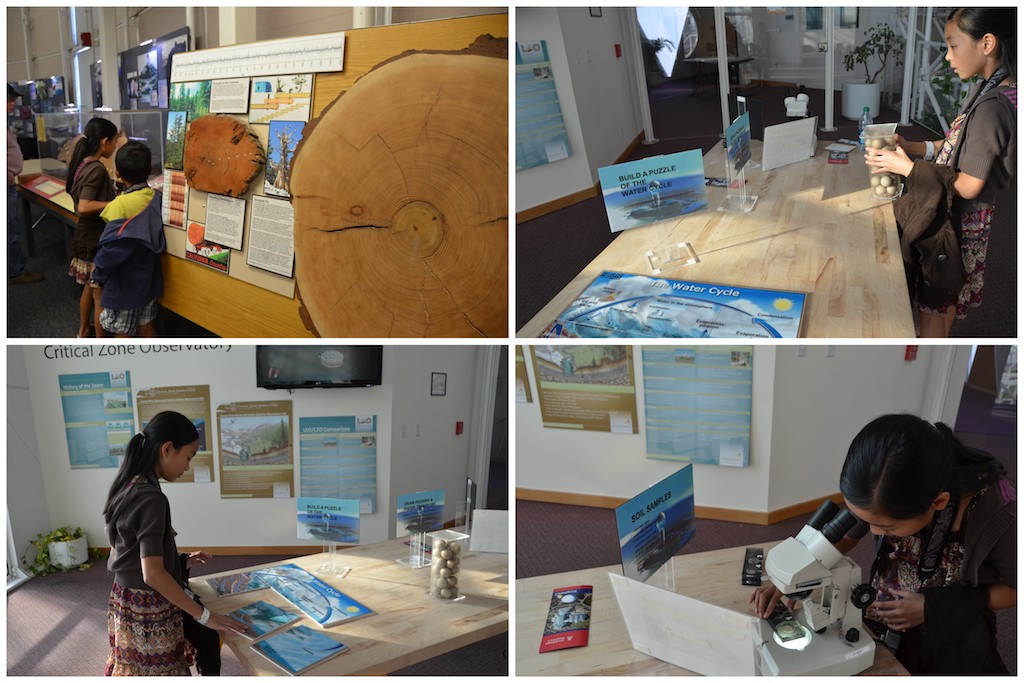
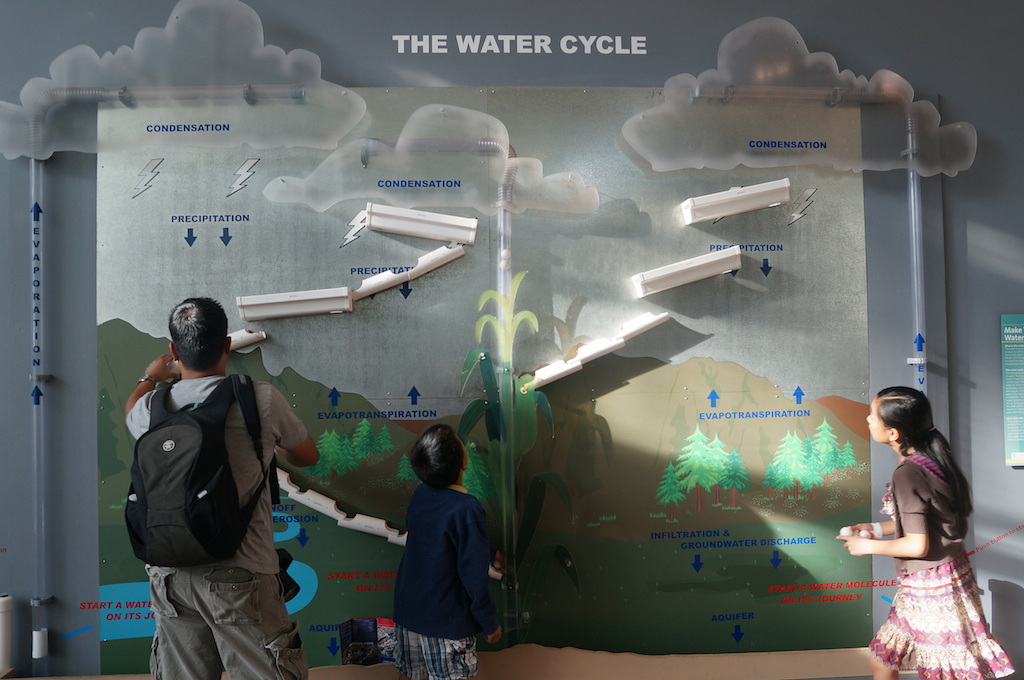
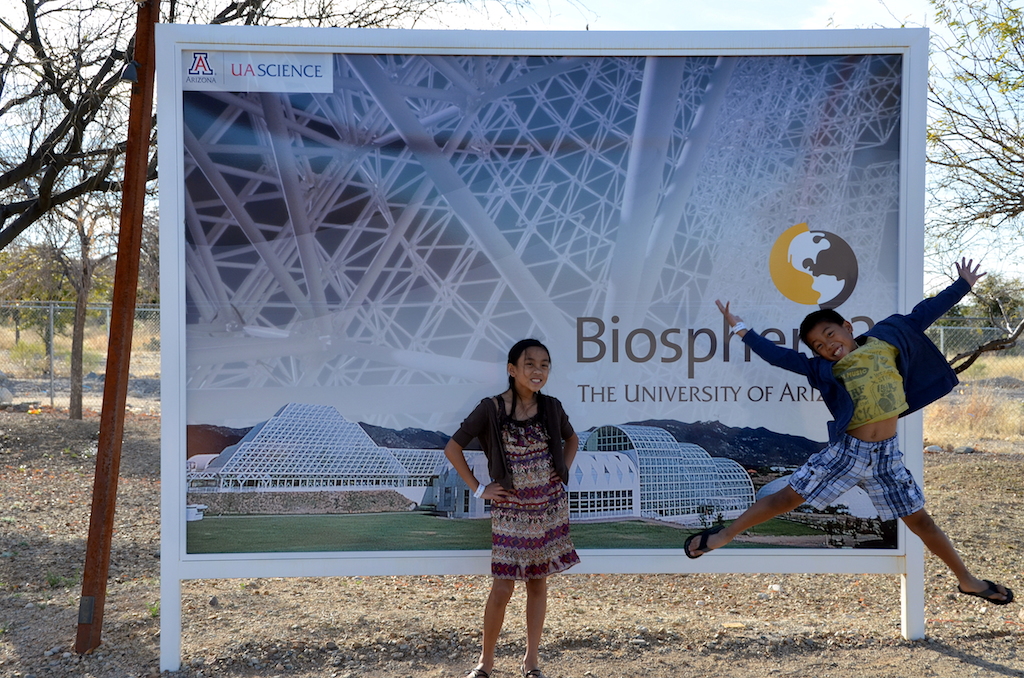
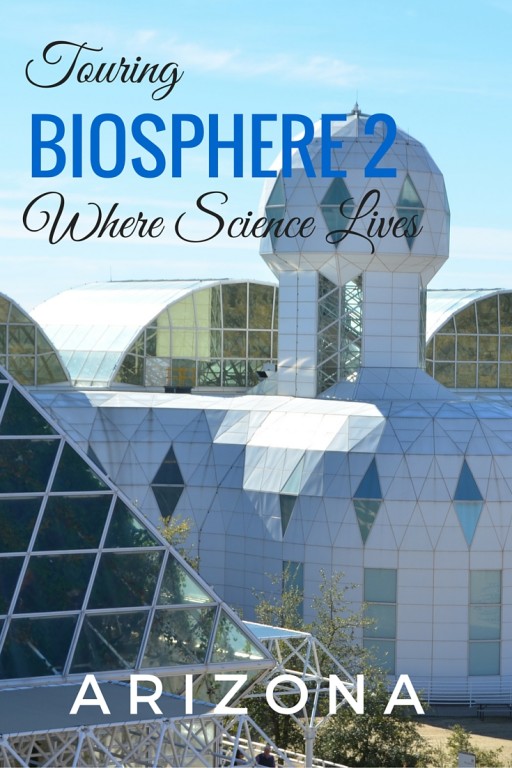
Interesting place…
It was and worth a visit. Thanks Lili!
What an amazing place – it looks absolutely huge! I love the indoor rainforest and I bet your kids loved it, too.
It was a huge place and I believe is like the size of 3 football fields. The indoor rainforest was great but wish they’d let us get in there for a tour.
Where Science Lives – oh goodness – the words alone would have had me intrigued and writing stories in my head. What a fascinating place. As you say it would make for a great reality TV show.
It was fascinating, Jo. I was more interested with the original mission and how they survived.
I hate to admit it but I think I can vaguely remember reading something about this when the first people moved in. I certainly saw pictures of the building. it’s a shame they didn’t make it more interesting for the kids. it would have been a fabulous chance to get them interested in the scientific world!
I’m with you, Jenny. But, I guess the tour is more for adults and the kids have their own versions when they come here for fieldtrips.
Wow, I had no idea this development was this huge, wow very impressive, I would love to visit this someday…thanks for sharing!
Thanks Noel! I hooe you get to visit someday soon.
What a unique and fascinating places to visit! I loved hearing about places like this. Thanks for sharing, Mary!
Thanks Lauren! Happy to share..not too far of a drive from LA :)
I think I’d still think of this as a ‘nice place to visit but I wouldn’t want to live here’. Fantastic tour you gave us today!
Thanks Jackie! I don’t think I can live here and kudos to the scientists for staying here for 2 years,
This was awesome, Mary! I haven’t heard anything about the Biosphere in eons so this tour was so much fun. I had no idea it was that mammoth inside. I would be worst than your kids wanting the guide to promise we were going someplace cool :)
Thanks Mike! I’ve never heard of it before :) It was huge and they only gave us a highlight of the rainforest and ocean.
Quite a place to visit! I had once visited a science city in Kolkata once and was fascinated. But this seems to be just grand! I think I would love a visit there :)
Thanks Arti! I will have to google for that science city. Not that I’m going to India soon but like to see what’s out there :)
This is a really interesting place. I do remember hearing about it. You are right it would have made an excellent reality TV show. I love the second photo – The Sun Photo. :)
Thanks Jan! My husband took that photo and great name for it. Maybe they’ll restart the mission along with a reality TV show – we can only hope.
The buildings looks like a 1960s sci fi set, very cool. Is it possible to spend the night at Biosphere?
I loved the outside buildings and they were really cool. The engineering that went into building this was quite interesting. You can’t spend the night inside the facility. They do have dorms up the hill for researchers and kids doing a science camp.
I remember being fascinated by this project when it started. I would probably go crazy being this isolated, but I expect trying to grow my own food, etc. would keep me plenty busy. I had actually completely forgotten about it until you posted this. So, now my interest is peaked. Too bad it’s not in its original glory full of animals and such.
The idea of a reality show with scientists is fantastic, I would watch it!
Great place to visit with kids!
I remember this from way back when! (I guess that makes me old…haha) Would love to visit the rain forest. It’s also good to see that the place has not gone to ruin!
I like your honesty about how bored your kids got. I think my 7-year-old son would hate it. I’m not into science that much but I do think this would be a cool experience. I just think I’d want to wait for my son to get older first and express an interest in the topic.
They’re testing some of those microorganisms now and I think they’re doing some studies on that Pacific Ocean garbage patch. I’d be so glued to the TV to watch the scientists cope and interact with each other.
Hi Mary, I remember when those 8 people were living in there and followed it with curiosity. (I was a bit science geek when I was yonger:). Thanks for telling me that Biosphere 1 is Earth (When I read Bio 2 in your title, I was trying to remember what happened to #1.) You’re right, it would have made for a good reality show today. That’s the reality show I would have enjoyed following. Too bad that the tour didn’t focus on the original mission. But I didn’t my virtual tour; thanks for taking us along.
Interesting look at the Biosphere and truly hard to imagine being locked up for two years in the place – not a place for people with wanderlust. Too bad the tour was disappointing – it really does make or break the learning experience. And what a lot of money that went into it; sometimes you wonder if it might have been better spent.
I’d love to visit the biospheres if I am ever in Tuscon, AZ. They look fascinating. I’d imagine it would not be a place young children would enjoy, but I’m sure that they learned a lot form their visit.
Very interesting. I never knew such a place existed. It seems like a set for a scifi movie.
– Alma, The Tablescaper
That looks absolutely fascinating! So pleased to hear about the plastic-eaters as well! :)
What a cool experience. I am not at all sciency, but I too would watch a TV show based on them being self sustainable & living in such a small space. Thanks for once again linking up to #SundayTraveler.
This is an amazing story. Thanks for clearing out Biosphere 1 enigma. Also I was curious to see the scientists quarter. It must have been hard to live closed for two years. Thanks for linking up to the #SundayTraveler.
This is so cool! I would love to be able to be self sufficient and live off the land but I know it’d take so much work and money. It’s possible for sure and I’d love to learn more about the science behind it.
I’ve never heard of this place but it’s fascinating! THanks for linking up to the #SundayTraveler! :)
Wow, very cool! We have an ever growing list of things to see and do in the state, might just have to add this to the list :)
I don’t think I’d sign up for a 2 year stint — even in the name of science — but I’d love to take this tour and get an inside look. The kids know the how to enjoy the really fun stuff, don’t they?
I remember this from 1991! Have always wanted to visit Biosphere 2 – didn’t know it was still around. Lovely post! Good luck!
I’ve heard of this place, but I never knew where it was. It sounds fascinating – pity your tour guide wasn’t a bit more enthusiastic.
I had totally forgotten about Biosphere 2, Mary. Thanks for the tour. You’re right, it’d definitely make a better television show that some of the crap that we have now. Too bad there wasn’t enough to keep your kids’ interest but it looks like a fascinating place. The idea was quite novel at the time.
This looks like a great place to visit – although from your description I don’t think we’ll hurry there before the kids are a bit older.
Fascinating stuff when you’ve got a son who has decided he wants to live on Mars when he grows up (trying not to take this as a comment against my parenting).
So interesting to see these photos! I was a kid when the Biosphere 2 project started. It was long before the internet, so I only really imagined what it looked like inside. My sister and I used to pretend we were scientists in the complex doing the work to keep it running– farming and foraging for food. It was so silly, we had no idea what the researchers were actually doing and what their life was like, but it was fun :) Thanks for these memories, I’d love to visit one day!
I remember the story “60 Minutes” did in the late 70’s calling the whole scientific thing “Gilligan’s Biosphere”. I can’t believe it’s still around and they’re charging money to see it. U of A owns it so basically taxpayers are financing a bunch of hippies studying meditation and yoga inside a terrarium.
A bunch of goofballs in lab coats do not make SCIENTISTS in the dome, just rich hippies/artists/actors. Not a lot of educational value to look forward to. I still laugh at the airheads that talk about this place as if it was a spiritual awakening.